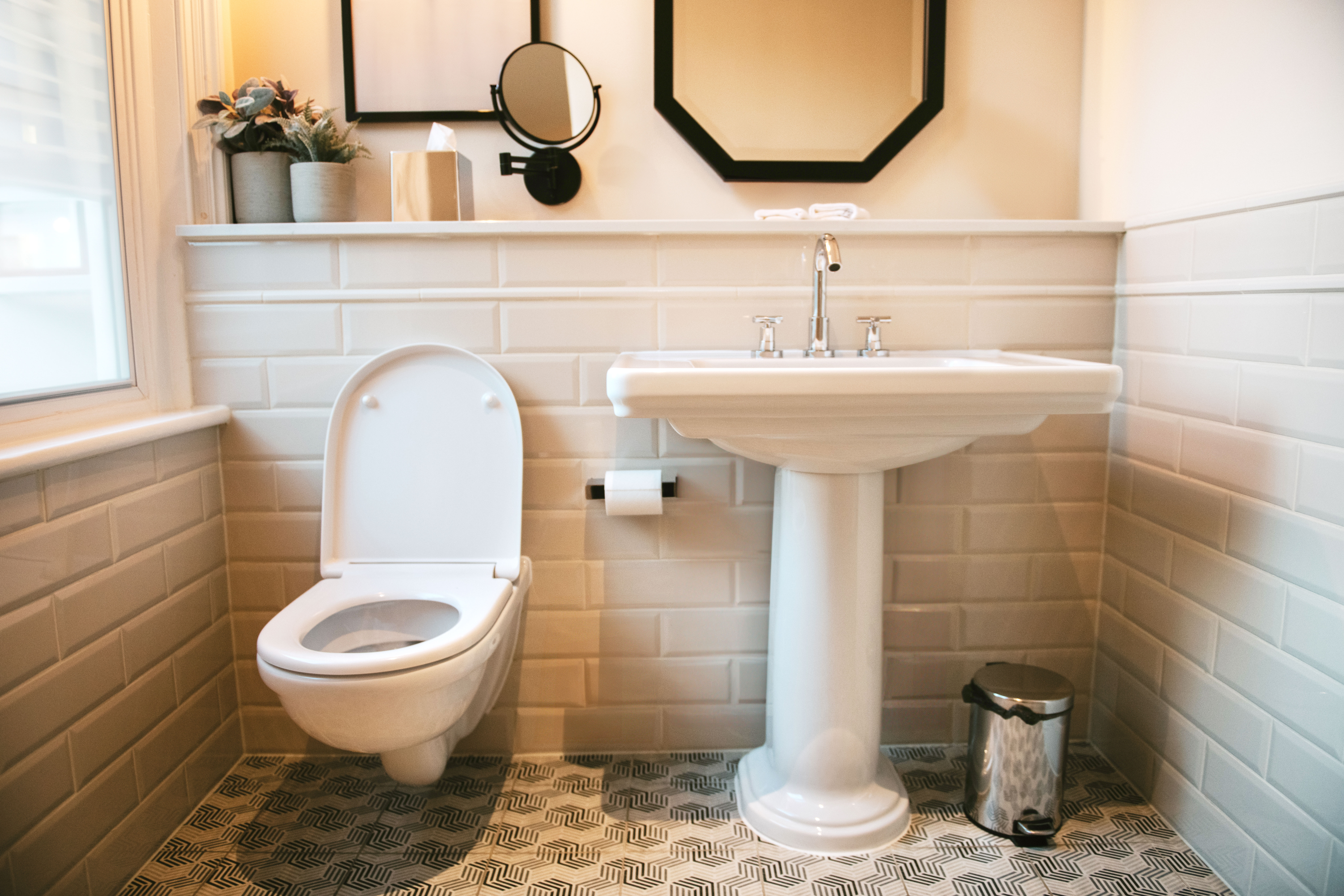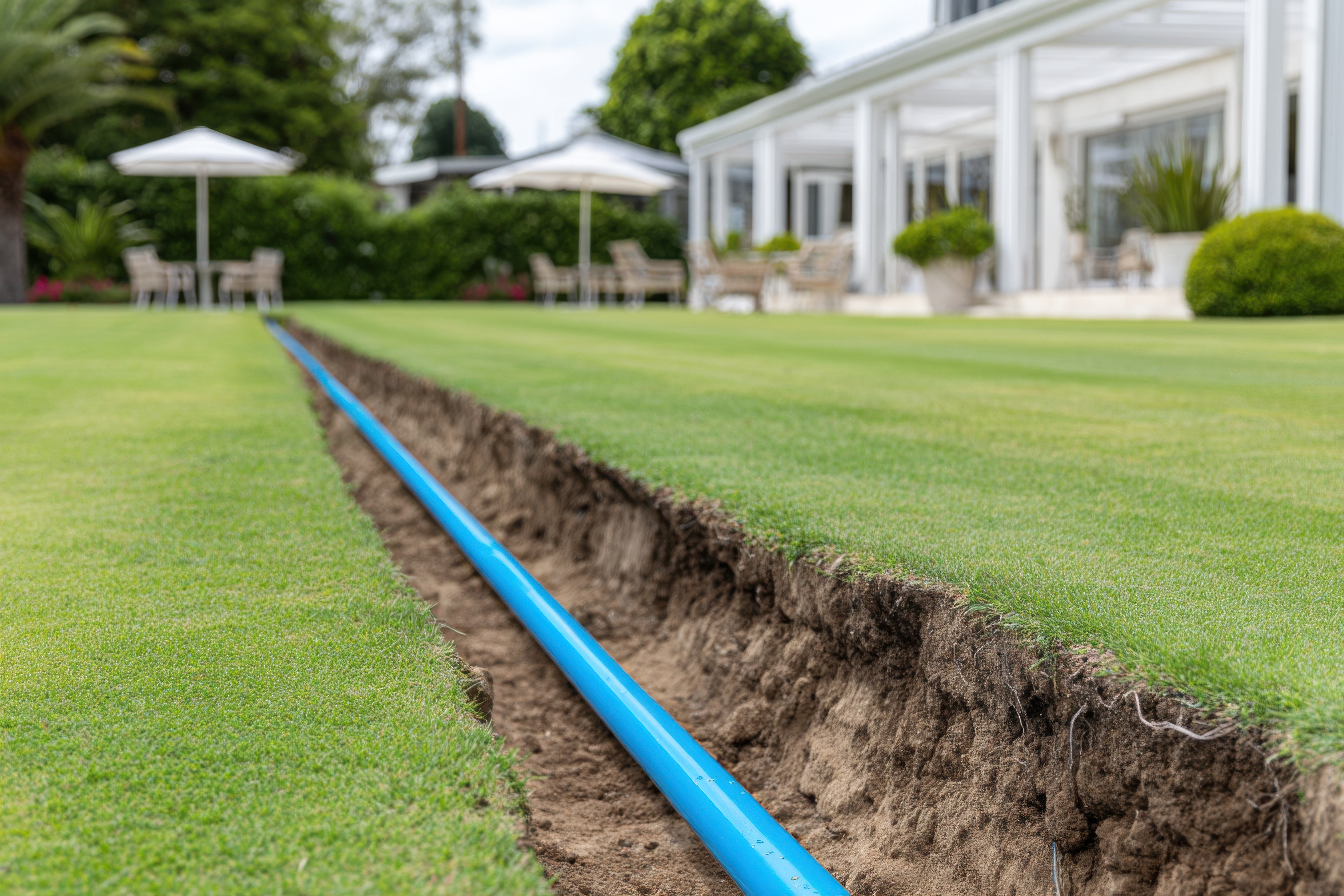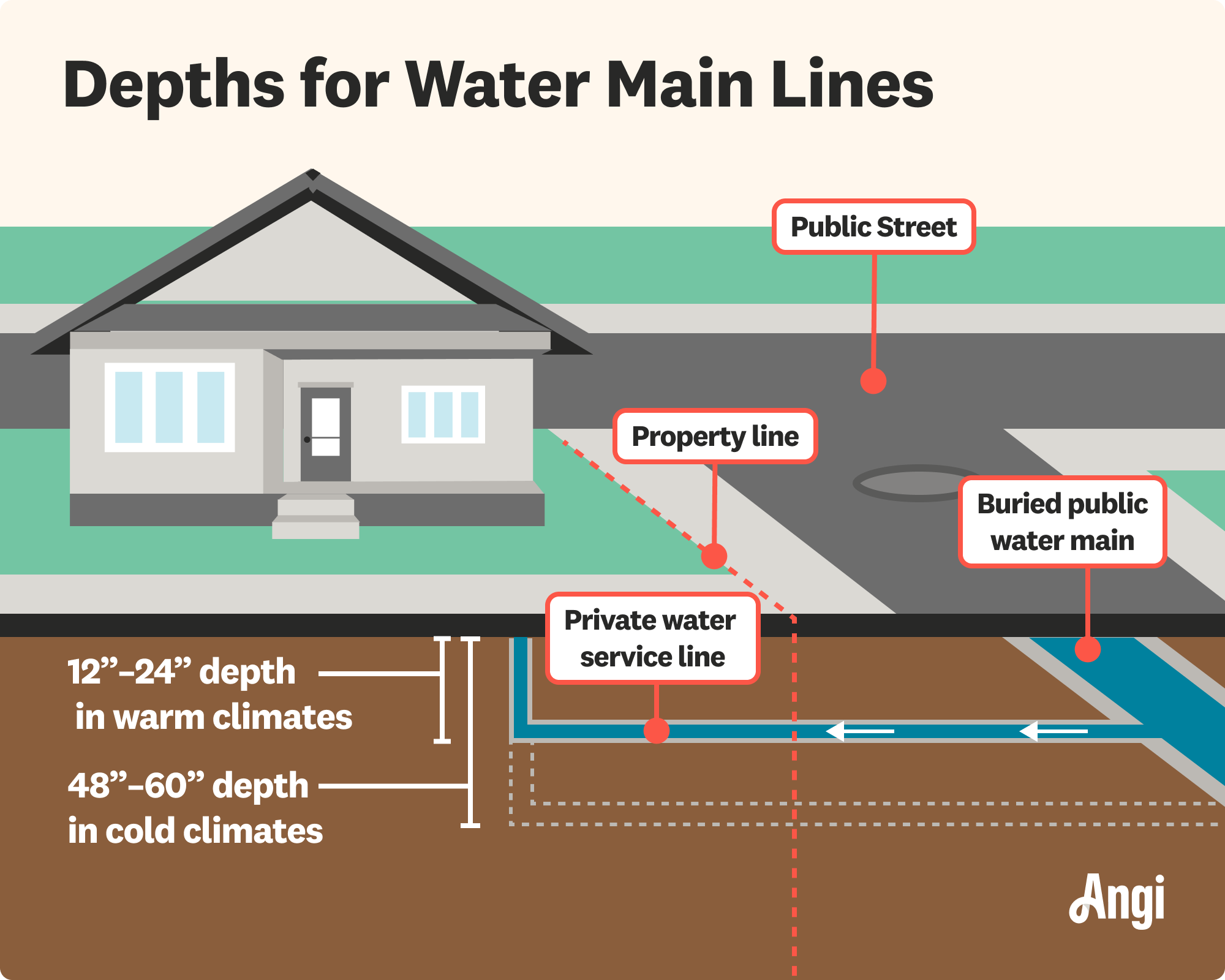
Learn how much a plumber costs in Atlanta and how to hire a licensed pro for repairs, upgrades, or emergency plumbing service in your neighborhood.
Main water line replacement in San Francisco costs about $2,408 on average, with most homeowners spending between $1,010 and $3,846. Local factors such as steep terrain, seismic upgrades, soil conditions, permitting, and excavation challenges can increase your final price.


San Francisco’s hilly terrain and older housing stock can make work more difficult.
City permits and seismic codes impact both cost and timeline.
Trenchless methods help preserve historic landscaping and driveways.
Higher labor costs in SF increase total project prices.
Copper and HDPE perform well in SF’s seismic zones.
Main water line replacement costs in San Francisco average around $2,408, with most homeowners spending between $1,010 and $3,846. These prices reflect an overall higher cost of living, higher local labor rates, challenging terrain, older infrastructure, and extensive permitting requirements. For comparison, the national average cost of main water line replacement is about $1,762.
If you only need repairs, the average cost to repair a main water line in San Francisco is $1,293, compared to a national average main water line repair cost of $1,025.
San Francisco’s average cost of $2,408 is higher than many other U.S. cities. Key factors include higher union labor rates, extensive permitting requirements, an older housing stock, and complex access conditions in dense urban neighborhoods. Homes in areas such as Nob Hill, Russian Hill, Twin Peaks, and Noe Valley often require specialized equipment and more labor due to steep slopes, narrow streets, and layered infrastructure. Seismic safety considerations and materials selection also influence total costs.

San Francisco lots are generally small, but many homes sit well above street level, requiring deeper excavation or creative routing. Typical replacement depths range from 2 to 5 feet, depending on site conditions and code requirements.
| Length of Pipe (in feet) | Estimated Cost Range |
|---|---|
| 30 | $1,200–$2,800 |
| 45 | $1,800–$4,000 |
| 60 | $2,400–$5,500 |
| Material | Cost per Foot | Pros | Cons |
|---|---|---|---|
| PEX | $0.50–$1.50 | Flexible, affordable, corrosion-resistant | May be restricted for underground use by SF plumbing code |
| PVC | $0.75–$3 | Inexpensive, corrosion-resistant | Can become brittle in SF’s seismic zones |
| Copper | $2.50–$5 | Durable, earthquake-resistant when installed properly | Expensive, labor-intensive |
| HDPE | $1.25–$4 | Flexible, good for seismic shifts and trenchless | Requires specialty installation equipment |
Copper remains a popular and reliable choice for main water line replacement in San Francisco, especially in older homes and for earthquake resilience. HDPE is also favored for its flexibility, making it ideal for trenchless installs in tight urban lots. Older homes may still have galvanized steel, clay, or lead pipes, which should be replaced to improve safety and performance. PEX can be cost-effective, but your local plumber can confirm whether their installation meets city code requirements.
San Francisco’s varied soil includes sandy coastal areas, dense clay in the Mission District, and rocky bedrock on many hills. Soil movement from seismic activity and seasonal changes can place extra strain on pipes. Areas with compacted clay or rubble backfill from older construction may require heavier equipment and additional labor, resulting in increased excavation costs.
In tight neighborhoods like the Mission, Noe Valley, and Telegraph Hill, limited street access, narrow lots, and proximity to other utilities make excavation challenging. Many homes also have historic landscaping, mature trees, or retaining walls that plumbers must carefully work around or protect. These access issues contribute to higher labor costs and may influence the choice of repair method.
The San Francisco Department of Building Inspection (DBI) requires permits for all main water line replacements. According to San Francisco city code, the cost starts at $300 and can exceed $1,000 for projects involving street work or complex excavation. DBI plumbing permits start at $205.28, with inspections billed at $280 per hour. Public Works excavation permits may also be needed if sidewalk or street access is involved.
Trenchless methods such as pipe bursting or directional boring are especially popular in San Francisco for preserving historic landscaping, driveways, and sidewalks. While upfront costs are typically higher, trenchless repairs can significantly reduce disruption and restoration expenses. This makes trenchless an ideal choice for older neighborhoods or homes with hardscaped front yards. Traditional trenching may be more economical for properties with accessible locations and simple surface features.
If hiring in San Francisco, licensed plumbers cost between $45 and $200 per hour. Union rates, demand for experienced pros, and the high cost of living in the Bay Area often drive prices toward the upper end of this range. Additional services such as pressure testing and installing backflow prevention devices can add several hundred dollars to your total bill. When hiring a San Francisco plumber, be sure to obtain a clear cost estimate up front.
In San Francisco’s competitive real estate market, an upgraded main water line is a valuable asset, but it’s unlikely to increase your home’s value directly. New water lines can improve water pressure, prevent leaks, and provide peace of mind during inspections. Homes with documented seismic-compliant plumbing upgrades may be more attractive to buyers, particularly in older neighborhoods with aging infrastructure.
Home is the most important place on earth, which is why Angi has helped more than 150 million homeowners transform their houses into homes they adore. To help homeowners with their next project, Angi provides readers with the most accurate cost data and upholds strict editorial standards. We survey real Angi customers about their project costs to develop the pricing data you see, so you can make the best decisions for you and your home. We pair this data with research from reputable sources, including the U.S. Bureau of Labor Statistics, academic journals, market studies, and interviews with industry experts—all to ensure our prices reflect real-world projects.
Want to help us improve our cost data? Send us a recent project quote to [email protected]. Quotes and personal information will not be shared publicly.
From average costs to expert advice, get all the answers you need to get your job done.

Learn how much a plumber costs in Atlanta and how to hire a licensed pro for repairs, upgrades, or emergency plumbing service in your neighborhood.

This guide to toilet installation cost covers what you can expect to pay when adding a new toilet to an existing or new bathroom.

Discover average main water line repair costs in Atlanta, GA, plus local factors that affect price, when to hire a pro, and how to maximize your budget.

Is installing a pot filler over the stove worth the cost? We have everything you need to know, including pros, cons, costs, and answers to your common questions.

It’s a big issue when no cold water is coming out of the faucet. Whether it’s a pipe problem or something else, take these steps to identify the cause and get cold water flowing again.

If you're looking to hire a mobile home plumbing expert, these are the questions to ask, red flags to look for, and steps to take after the job is done.